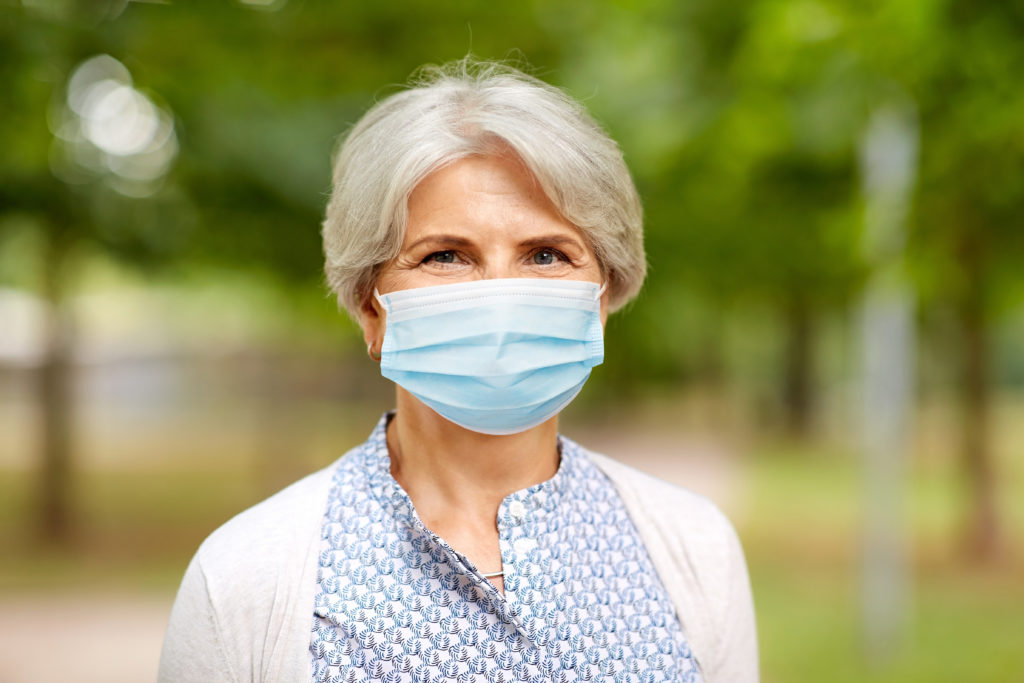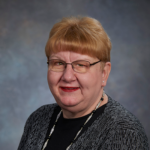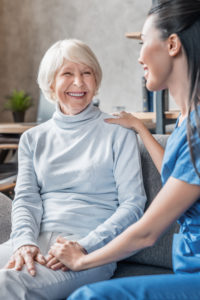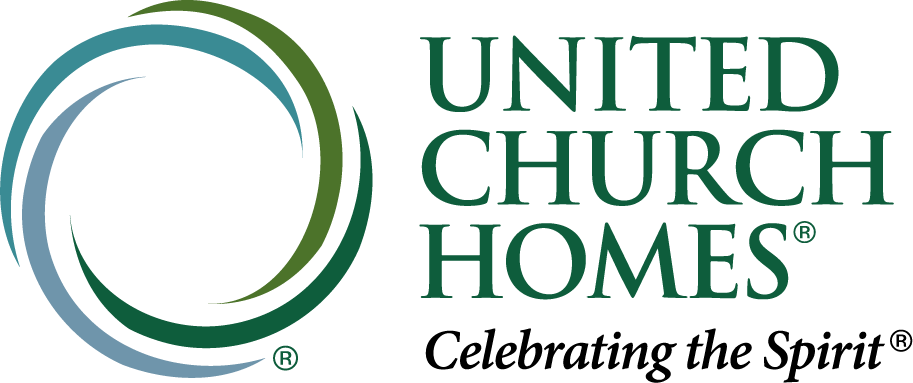
With the uptick of COVID cases across the country, United Church Homes (UCH) and the Clinical Service team led by Patti Klingel, Executive Director of Compliance and Clinical Services, remind us that Safe and Sound isn’t just a saying —it’s a core pillar of our mission to help our residents Live It!

Since the beginning of the pandemic, Klingel and her team monitor state and federal directives daily from the Centers for Medicare & Medicaid Services, Centers for Disease Control and Prevention and up to 30 state departments of health where UCH has communities.
“We all experienced the fear and unease those first few months of sheltering-in-place brought, and our goal is to not return to that level of isolation,” shared Klingel. “We have a continued commitment to outbreak prevention and infection control so that we can maintain a sense of normalcy for our residents and staff.”
Communal activities are central to the engagement that residents desire. The staff remains focused on keeping residents connected, by maintaining open dining rooms whenever possible and encouraging safe family visitation, particularly those in memory care programs.
“Throughout the pandemic, we’ve been extra sensitive to our memory care residents,” said Klingel. “The fear and confusion that comes with the ever-changing restrictions can be traumatizing. We work extremely hard to balance safety and limit exposure with regular personal interaction, so residents get the individualized care they need to maintain their overall wellness.”
Limiting exposure risk goes a long way in infection control. Chances of viral transmission from resident to resident, who have remained within the community, is lower than the risk associated with visitors from outside the community. Knowing this, outdoor visitation with friends and family is highly encouraged.

Additionally, Klingel and her team have completed a trial of an advanced telehealth program where residents in need of evaluation can remain in the building and potentially avoid visiting an ER or hospital. “Challenging times are the breeding ground of innovation. COVID is no different in that regard, and the success of the telehealth program is proof,” stated Klingel. “Over the past 18 months, 75%-80% of the residents potentially needing medical intervention were able to remain here in the building rather than having to be transported to a medical facility. Fewer trips outside the building mean less exposure risk and less trauma while still receiving excellent medical care.”
Even with rigorous safety protocols, potential exposures do happen. “Our team has a detailed communication procedure when a positive case occurs. From emails and phone messages for family members to letters to residents, our goal is to keep everyone informed as events happen,” added Klingel. While there may be a momentary pause of communal activities while testing takes place, the aim is to keep those pauses minimal and life in the community up and running.
“This pandemic has lasted longer than many of us expected. The persistence and grace exhibited by staff and residents throughout it all remind us that not only can we persevere in the face of uncertainty, but we can innovate, imagine and encourage,” said Klingel. “We can use it to forge stronger bonds between members of this community. We can build deeper connections, we can reengage with our life’s purpose, and we can help keep each other safe and sound.”
